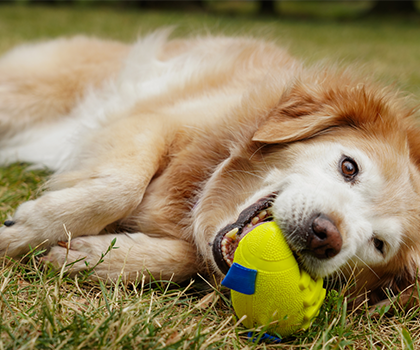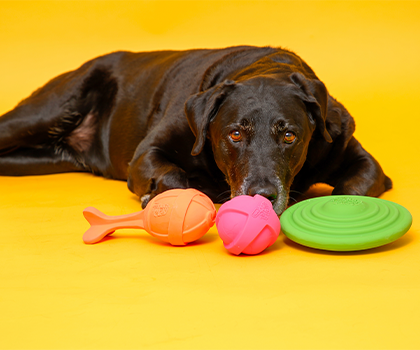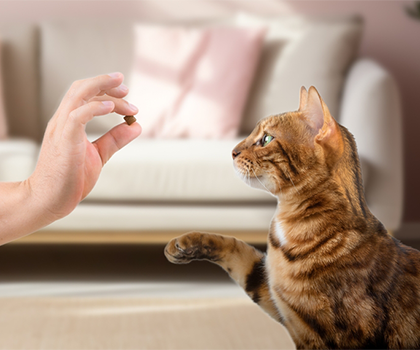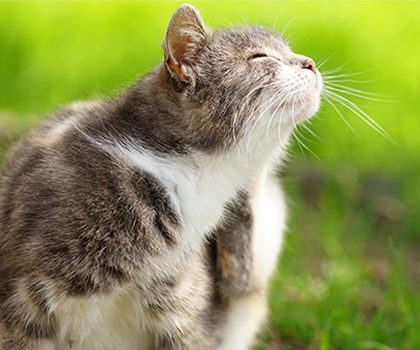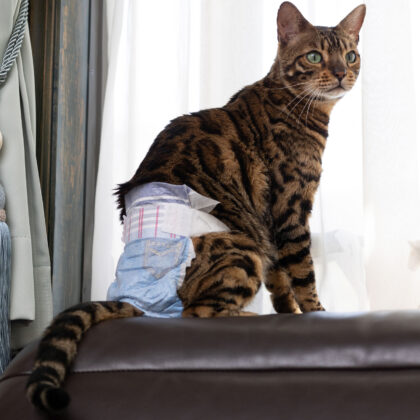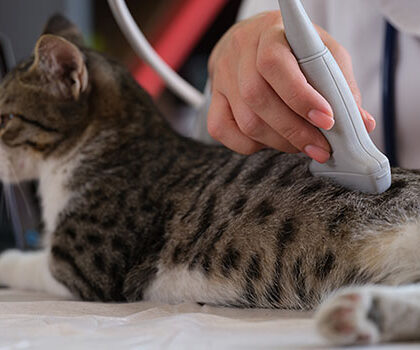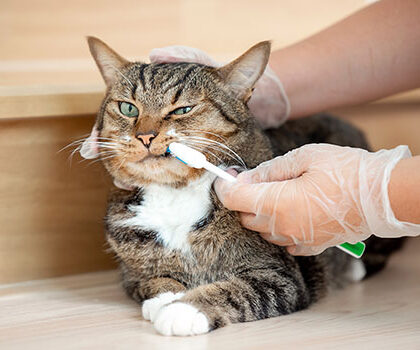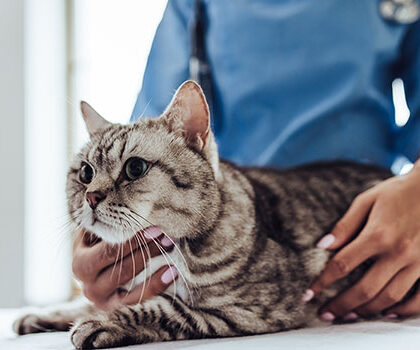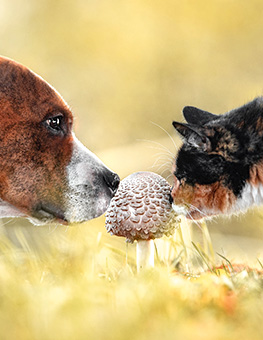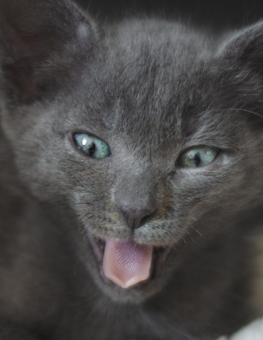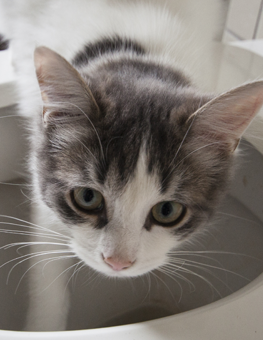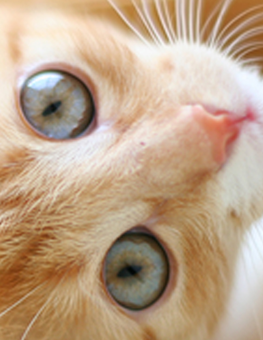Keeping Your Pets Safe Around Houseplants
When pets turn their attention to your plants, make sure they’re not putting their health at risk.
If you’re here because your animal is exhibiting concerning symptoms, call your veterinarian immediately or visit the ASPCA’s Animal Poison Control database.
These days, it can seem like everyone is crazy about houseplants. Who can blame them? They’re an easy way to beautify a room and bring a bit of the outside in. Plants and animals, however, don’t always make the best roommates. Cats and dogs alike can be caught chomping on houseplants and, when those plants pose a danger to their health, this minor nuisance can become a major medical emergency.
Keeping your pets safe around your houseplants means understanding your pet’s habits and which plants to watch out for – and, sometimes, offering a well-needed distraction.
(Don’t) Eat Your Greens

Dogs are known to eat grass, but they may chow down on some leaves just because they feel like it.
Animals will eat plants for a range of reasons or no reason at all. Dogs are known to eat grass to settle an upset stomach, but they may chow down on some leaves just because they feel like it. Cats, despite being carnivores, may turn their attention to plants out of boredom, or because they like the taste – or maybe because that palm tree looks a lot like a cat toy.
The risk here is that many common houseplants are toxic to pets and plant-owners are often none the wiser. Let’s run through five very common plants that you don’t want your cat or dog meddling with:
- Cutleaf Philodendron (AKA Ceriman) is a trendy plant right now thanks to its broad, instantly recognizable leaves and its relatively simple care routine. It’s toxic to dogs and cats and, when consumed, causes swelling, difficulty swallowing and excessive drooling.
- Pothos is another apartment-friendly plant that has crept its way into the interior design world, known for its bright, hanging vines – often long enough to touch the floor and thus in reach of pets. When consumed by cats or dogs, Pothos can cause vomiting and a severe burning sensation in the mouth.
- Jade is among the most widely available succulents around, which means it’s found in apartments and homes just about everywhere. When consumed, it can cause depression, vomiting and incoordination in both dogs and cats.
- Lilies are popular both indoors and outdoors, as well as being a common bouquet enhancer. Though they are non-toxic to dogs, ingesting even small amounts of Lily petals can cause kidney failure in cats.
- Oleander grows well in sunny indoor spaces, often earning a space at the center of a table thanks to its striking pink flowers. Despite its good looks, however, it is extremely toxic to dogs and cats and should be watched closely when around animals. Consuming oleander can result in drooling, diarrhea, and colic. In more severe cases, death can result from consumption.
Consumption of any of the plants listed above merits a trip to the vet.
Obviously, this is just a small selection of the many plants you can grow in your home. If you’re thinking about getting some new plants and want to make sure they’re safe for your pets, ask your store associate or visit the ASPCA’s plant database.
Pet-Safe Houseplants - Paws off!

Animals will eat plants for a range of reasons, or for no reason at all.
If you have a house full of animals, you may choose to only buy animal-safe plants. However, your pets may still chew those up, and it’s reasonable to not want your plants destroyed when you’re not looking.
The first line of defense against plant-fixated pets is to keep plants out of reach, moving them to higher shelves and off the floor, when possible. Of course, some cats will just consider this a challenge, but it’s worth a try.
Ultimately, there will be plants you simply can’t get off the floor or can’t keep out of reach of more explorative pets. In those cases, distraction is your friend. Boredom is a big reason why animals will direct their energy at plants. It’s the same reason dogs dig holes in the yard and cats start mayhem when they’re feeling cooped up. Keep them occupied with a cat toy or dog toy and they may leave your indoor garden alone.
You may also be able to train the habit out of your pet – just make sure to have some good treats on hand as a reward. For dogs, we recommend our Oinkies® Lasting Chew Bones, which keep your dog occupied and taste great, too. Cats are always a bit choosier, but we recommend our Delectables™ Lickable™ treats – we haven’t found a cat that can resist them yet. It’s possible for plants and pets to coexist safely and happily. Hartz is here to help make that happen.



